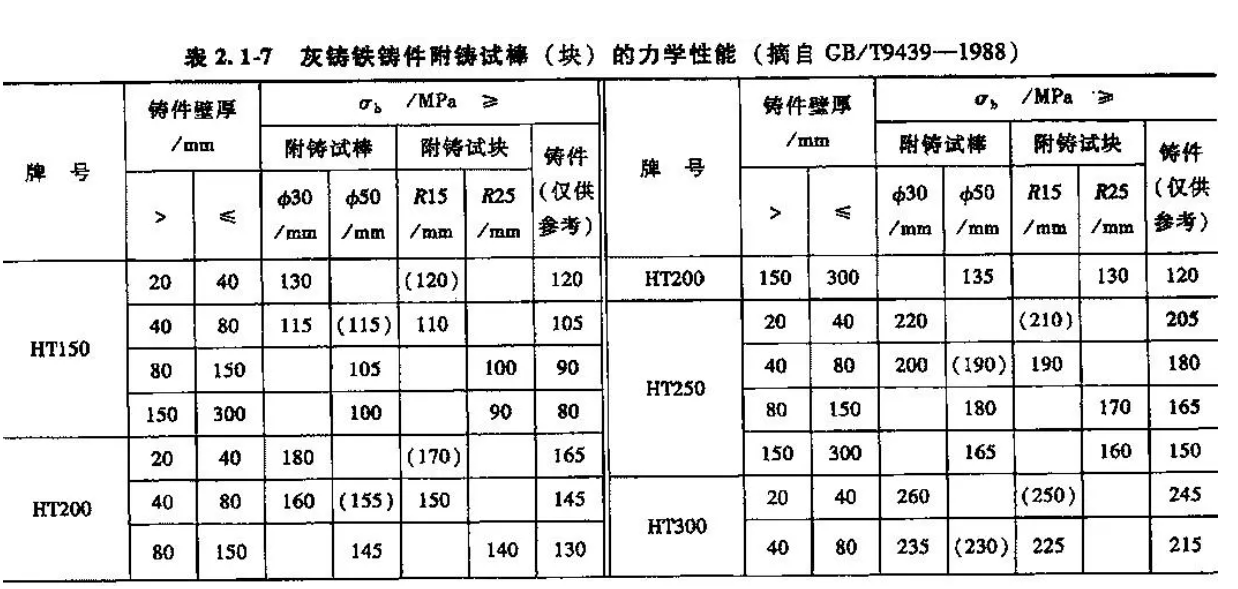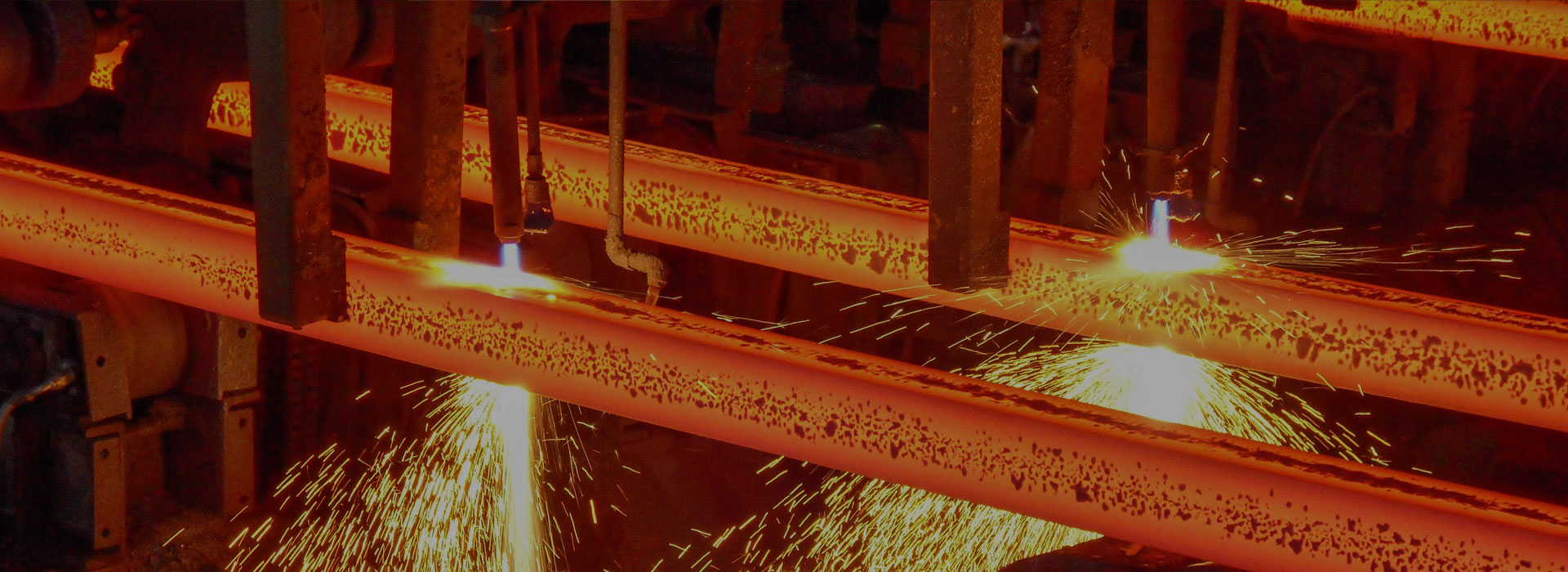Metallurgy of Gray Iron
2023-12-14
Gray iron is a type of cast iron that is widely used in various industries due to its excellent properties such as high strength, good wear resistance, and low cost. The metallurgy of gray iron is a complex process that involves several stages, including melting, casting, and heat treatment.
The first stage in the metallurgy of gray iron is the melting of the iron. This is typically done in a cupola furnace, which is a tall, cylindrical furnace that is charged with iron, coke, and limestone. The coke is burned to produce heat, which melts the iron and forms a molten pool at the bottom of the furnace. The limestone is added to the furnace to help remove impurities from the iron.
Once the iron is melted, it is poured into a mold to form the desired shape. The mold is typically made of sand, which is packed around a pattern that is the exact shape of the part being cast. The molten iron is poured into the mold and allowed to cool and solidify.
After the casting has cooled, it is removed from the mold and undergoes heat treatment. This involves heating the casting to a specific temperature and holding it there for a certain amount of time. This process helps to improve the strength and hardness of the casting.
The metallurgy of gray iron is a critical process that requires careful attention to detail. The quality of the iron, the melting process, the casting process, and the heat treatment process all play a crucial role in determining the properties of the final product. By understanding the metallurgy of gray iron, manufacturers can produce high-quality castings that meet the needs of their customers.




